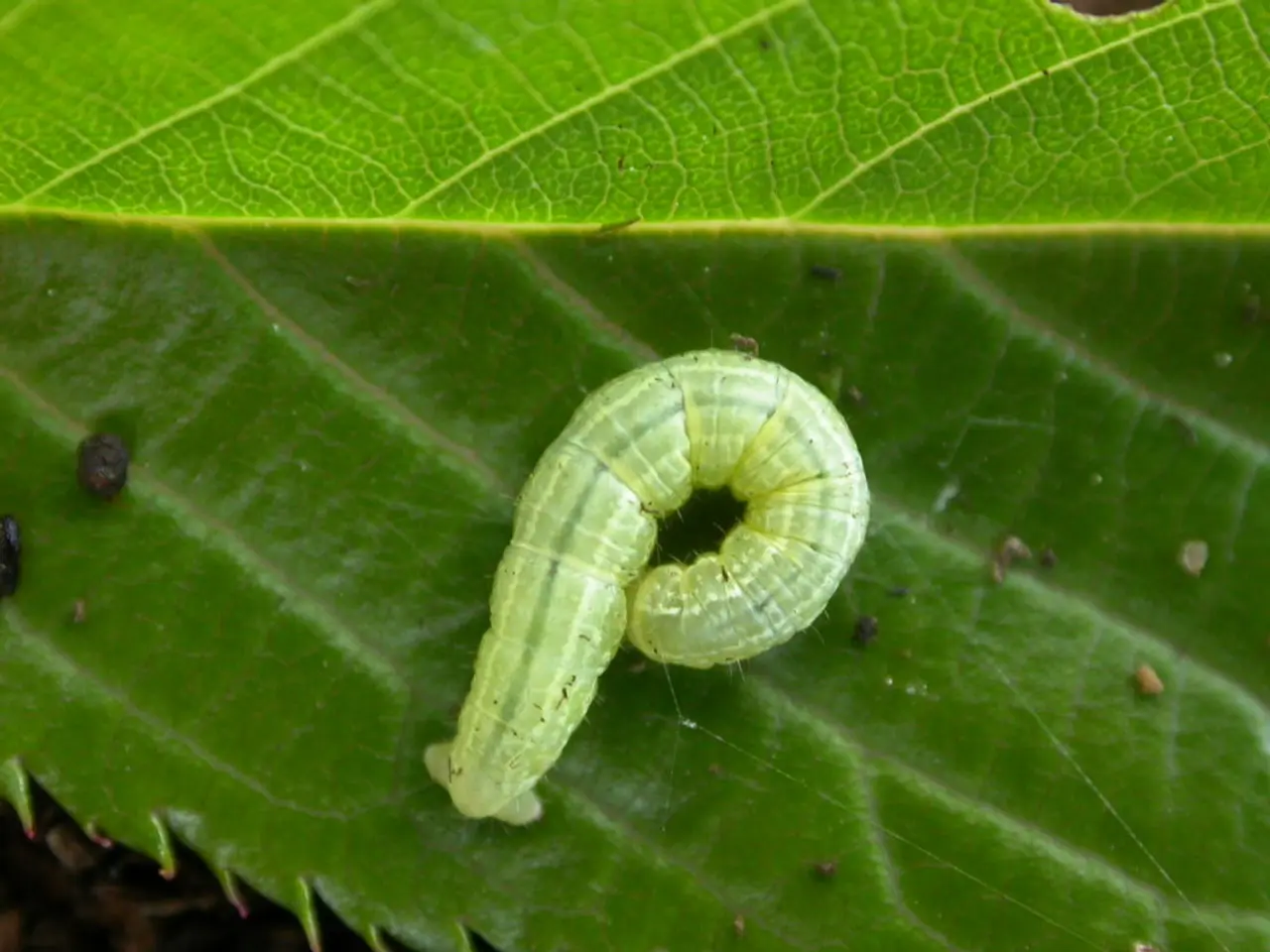Foraging behavior of worms improves by altering responses to social signals
In a groundbreaking study published in the journal eLife, researchers have shed light on how animals, including the humble Caenorhabditis elegans (C. elegans) worm, optimize their foraging activity by adjusting their response to environmental pheromones. Foraging food is a critical yet challenging activity for animals, with food often patchily distributed. The study provides new insights on how sensory cues are integrated for foraging and navigation. The researchers kept worms in four sets of conditions to study their reaction to pheromones. These conditions included one with food and pheromones, one with pheromones but without food, one with food but without pheromones, and one without any food or pheromones. Interestingly, the study found that worms react differently to pheromones based on their recent foraging experience with food. Worms that were used to the environment with pheromones but without food avoided the pheromone blend. Conversely, worms that spent time in the presence of both food and pheromones moved towards the pheromone blend. The findings suggest that worms learn to adapt to sensory cues in their environment to optimize food intake during foraging. Worms that left a food patch early tend to move towards pheromone blends, as they have a positive association with these cues. On the other hand, worms that left a food patch late avoid pheromone blends, as they associate them with being famished. Pheromones are thought to help animals orientate their search for food. The study also found that worms can evaluate population density inside food patches using pheromones. This could help them decide when to leave a food patch to find another. To calculate the benefit of changing preference for pheromones in a patchy environment, the team developed a mathematical model. The study's findings support this model, demonstrating that worms indeed optimize their foraging activity by adjusting their response to environmental pheromones. The study was conducted by monitoring how the worms reacted to a blend of pheromones in these conditions. The team tested worms' patch-leaving behavior by feeding them on a small patch of bacteria. The research has been published in eLife (DOI: 10.7554/eLife.58144). The findings could have implications for our understanding of how animals, including humans, navigate and forage in their environments. The study provides a fascinating example of how even the simplest of organisms can exhibit complex behaviours in response to their environment.
Read also:
- Hospital's Enhancement of Outpatient Services Alleviates Emergency Department Strain
- Increased Chikungunya infections in UK travelers prompt mosquito bite caution
- Kazakhstan's Deputy Prime Minister holds discussions on the prevailing circumstances in Almaty
- In the state, Kaiser Permanente boasts the top-ranked health insurance program





